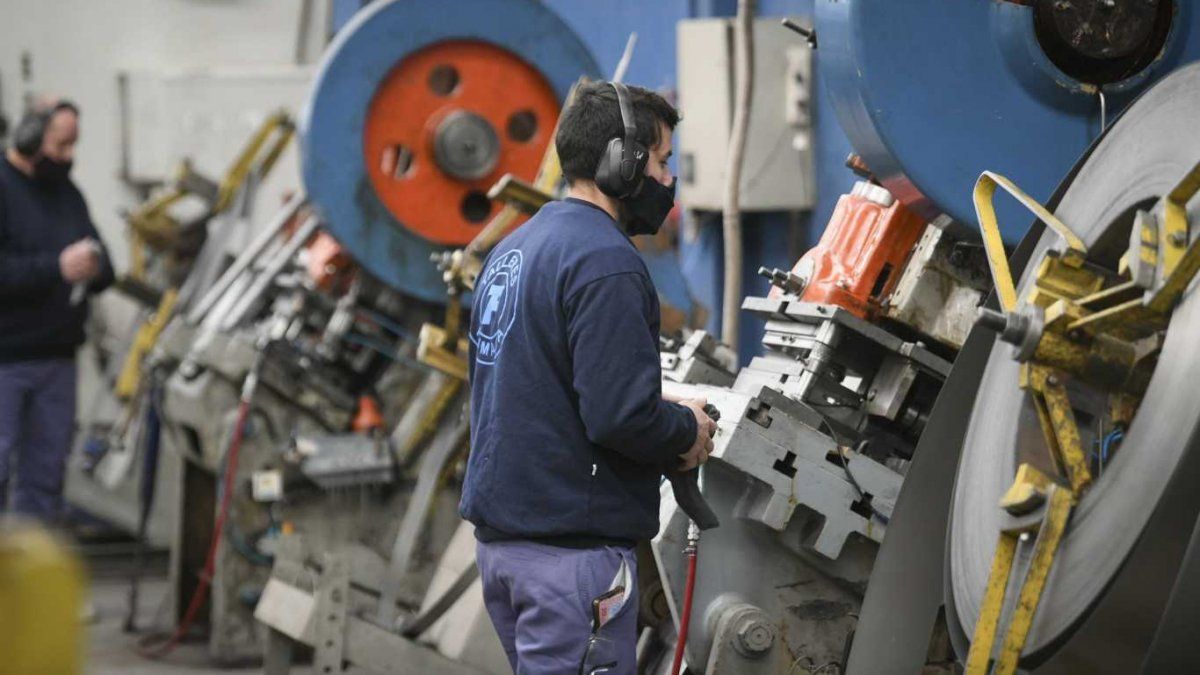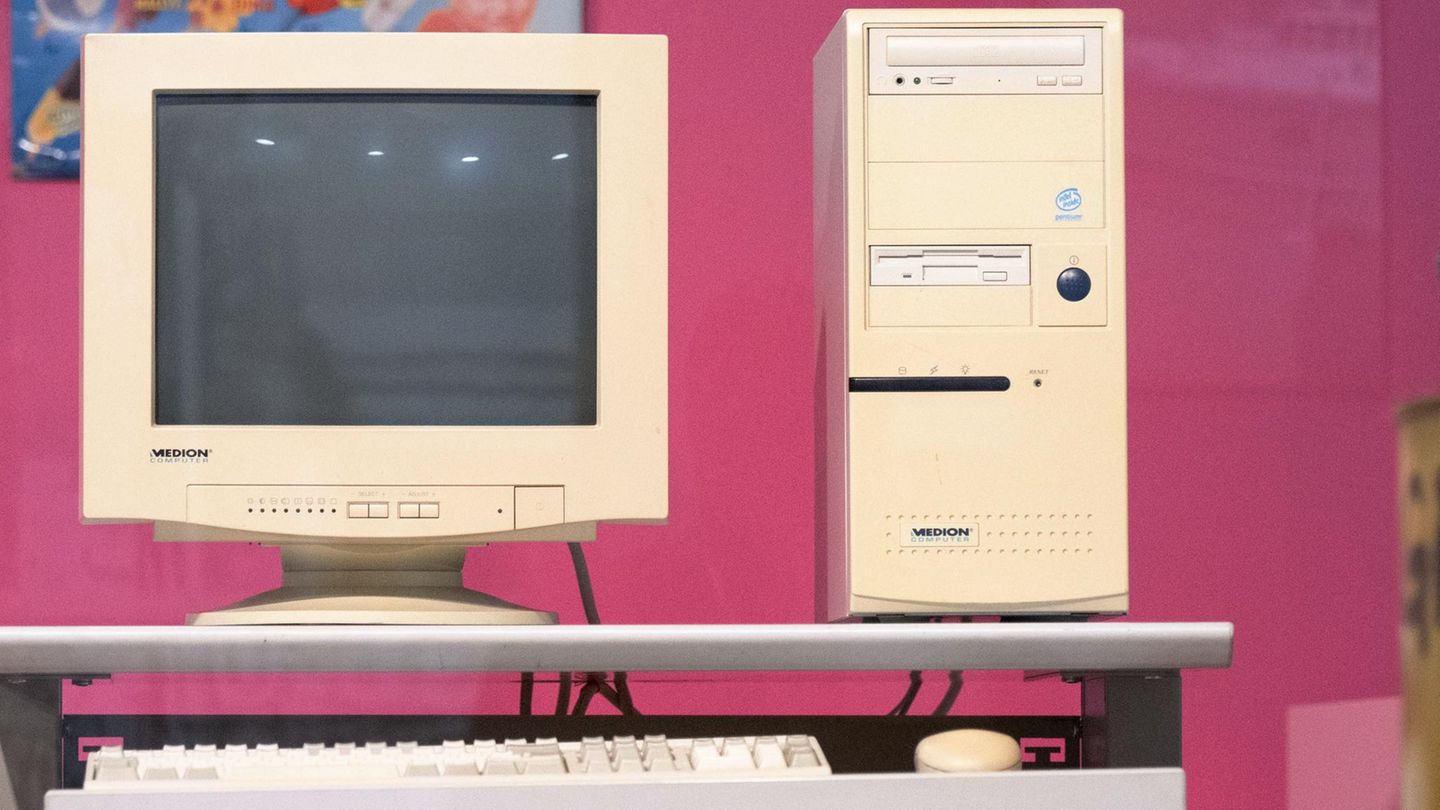In any case, the same source pointed out that the rates that receive the bonus from the Ministry of Productive Development can be between 18 and 36%, “very negative” for current inflation. “But the problem is that the bonus that the Fondep trust fund gives each time has to subsidize higher rates, with the same amount, then we may start to reach fewer companies”detailed an official source.
Carlos Alonso, an economist at the Industriales Pymes Argentinas (IPA) entity, assured that the problem is that credits with competitive rates are obtained for capital goods, and not for working capital: “There they are expensive and difficult to access,” he said in a meeting of the camera. In addition, he added that financing continues to be high for companies that are indebted since the previous government: “That leaves them out of the market.”
Along the same lines, Leo Bilanski, president of the Association of Entrepreneurs for Development (Enac), assured that the “only strong tool” for the current financing of SMEs “emanates from the Ministry of Productive Development”, with loans at rates subsidized. “Financing outside the institutional scheme is playing with fire, because they are rates with a total financial cost of 65%, and if there is a problem in the economy you can end badly. At best, you can use it for working capital and cover a pothole, but what is needed is credit for production,” he said.
Damián Regalini, a member of the Proteger Foundation, was concerned: “When the rate goes up, the cost of financing us goes up. Many SMEs sell to multinationals or supermarkets and they pay us in 90 or 120 days, when we pay for the raw material in cash. Therefore, the rate goes to cost and prices, overheating inflation”.
For his part, Julián Moreno, president of Apyme, relativized the impact: “The rise in rates is never pleasant, but in our country the degree of indebtedness is low, so the incidence is relative.” In addition, he added that in a context of activity growth, it can “stop the SME, but not sink it, as if in a recessive context, as in 2018 and 2019.” In any case, he highlighted another problem: “Today the most worrying issue is the problems of imports and input prices.”
Along the same lines, Francisco Arno, an economist with the association of metallurgical industrialists (Adimra), said that the Central Bank ordered in 2020 that banks lend up to 7.5% of the amount of their deposits to MSMEs, with rates of 30%. for productive investment, and 35% for working capital. Currently, after several increases, these rates are at 37% for investments and 47.5% for working capital. “They rose between 7 and 12.5 points, but if you compare it with past inflation and the future perspective, they are worth it, especially for capital goods at the official dollarwhich is why the stock of SME credit grows for the third consecutive year in real terms, and of the total for companies, 53% is for SMEs”.
In any case, Arno commented that in March of this year the Ministry of Productive Development discontinued a line of credit that was the “workhorse” for SMEs. It was the LIP Pymes line, with a 5% discount on the rate. “A lot of subsidized lines remained, but more niche, not a general one like the one there was,” he stressed.
Source: Ambito
David William is a talented author who has made a name for himself in the world of writing. He is a professional author who writes on a wide range of topics, from general interest to opinion news. David is currently working as a writer at 24 hours worlds where he brings his unique perspective and in-depth research to his articles, making them both informative and engaging.




